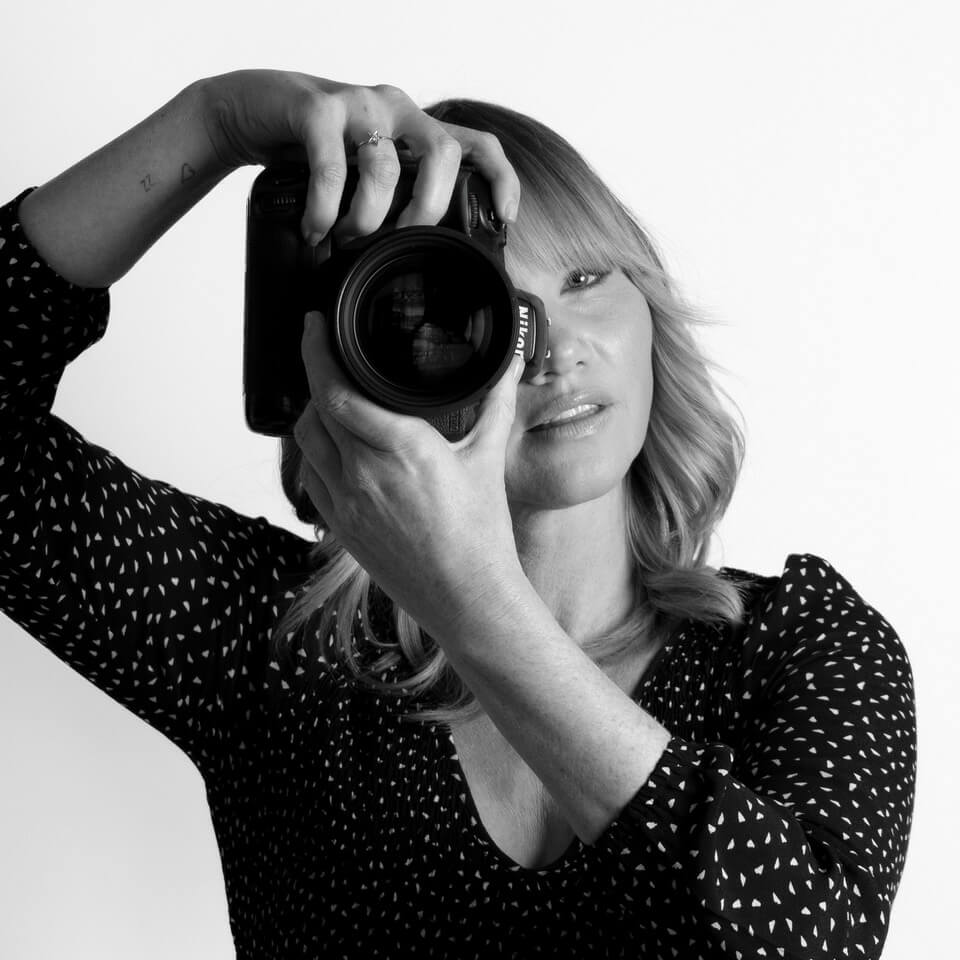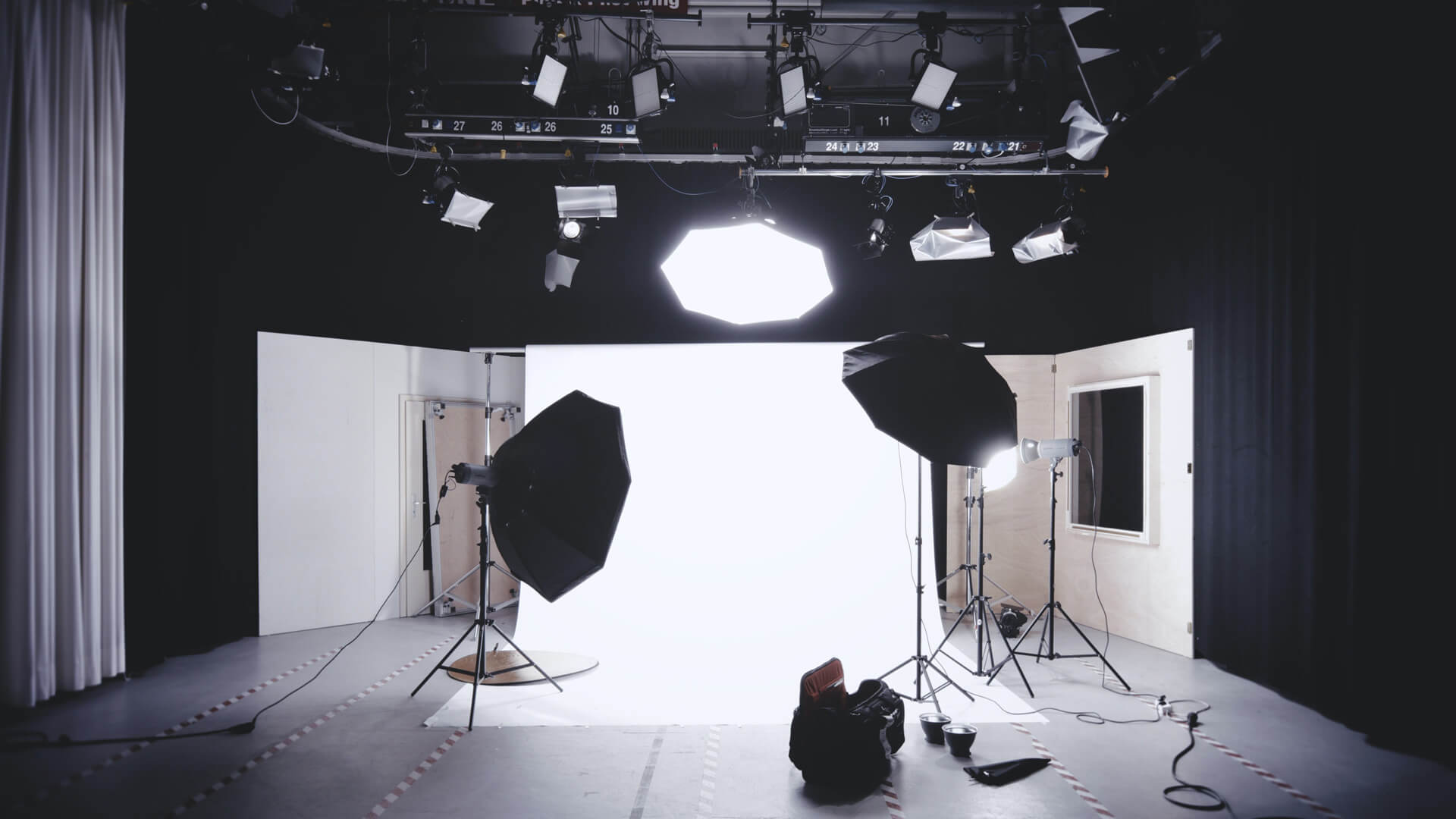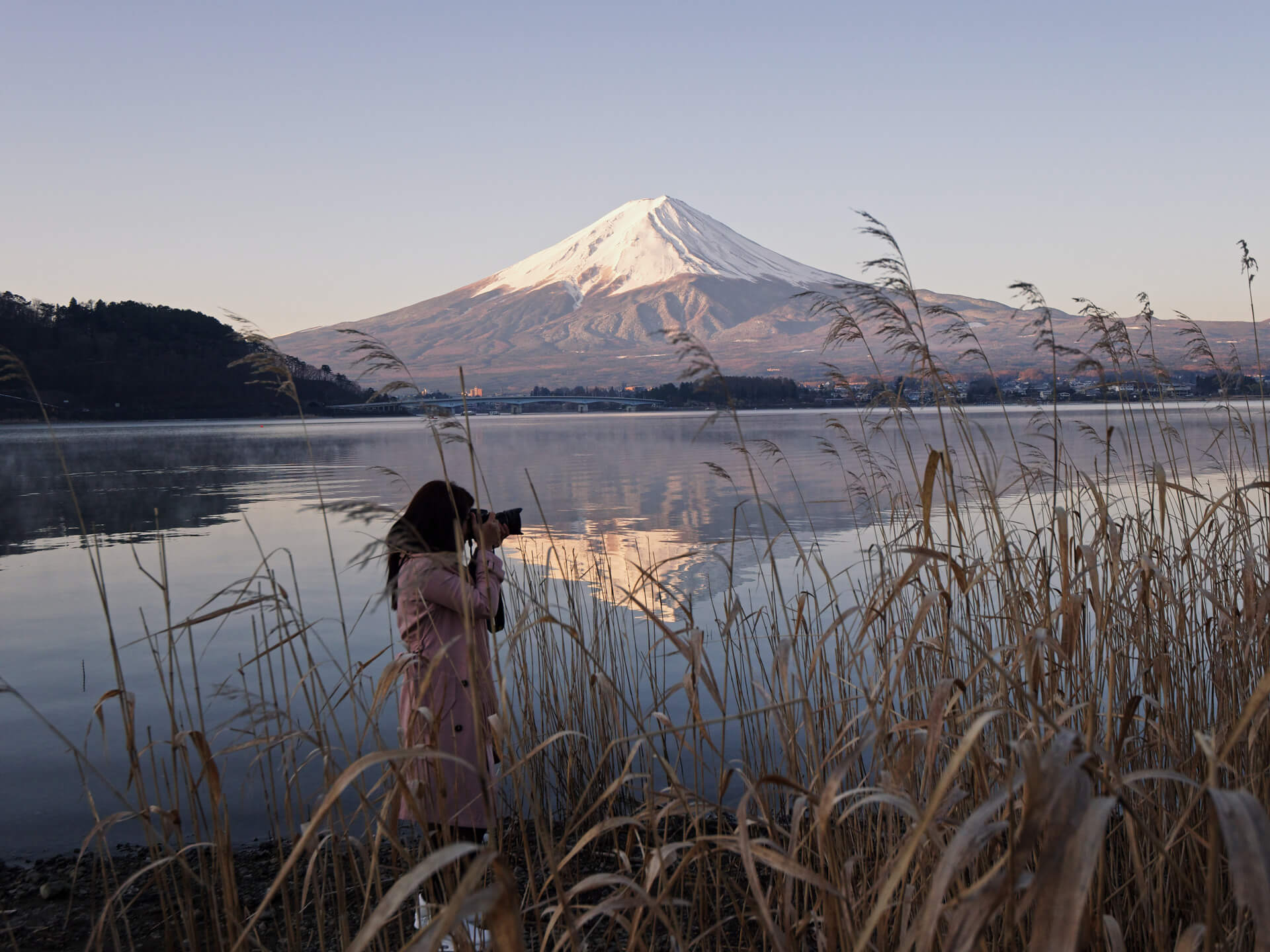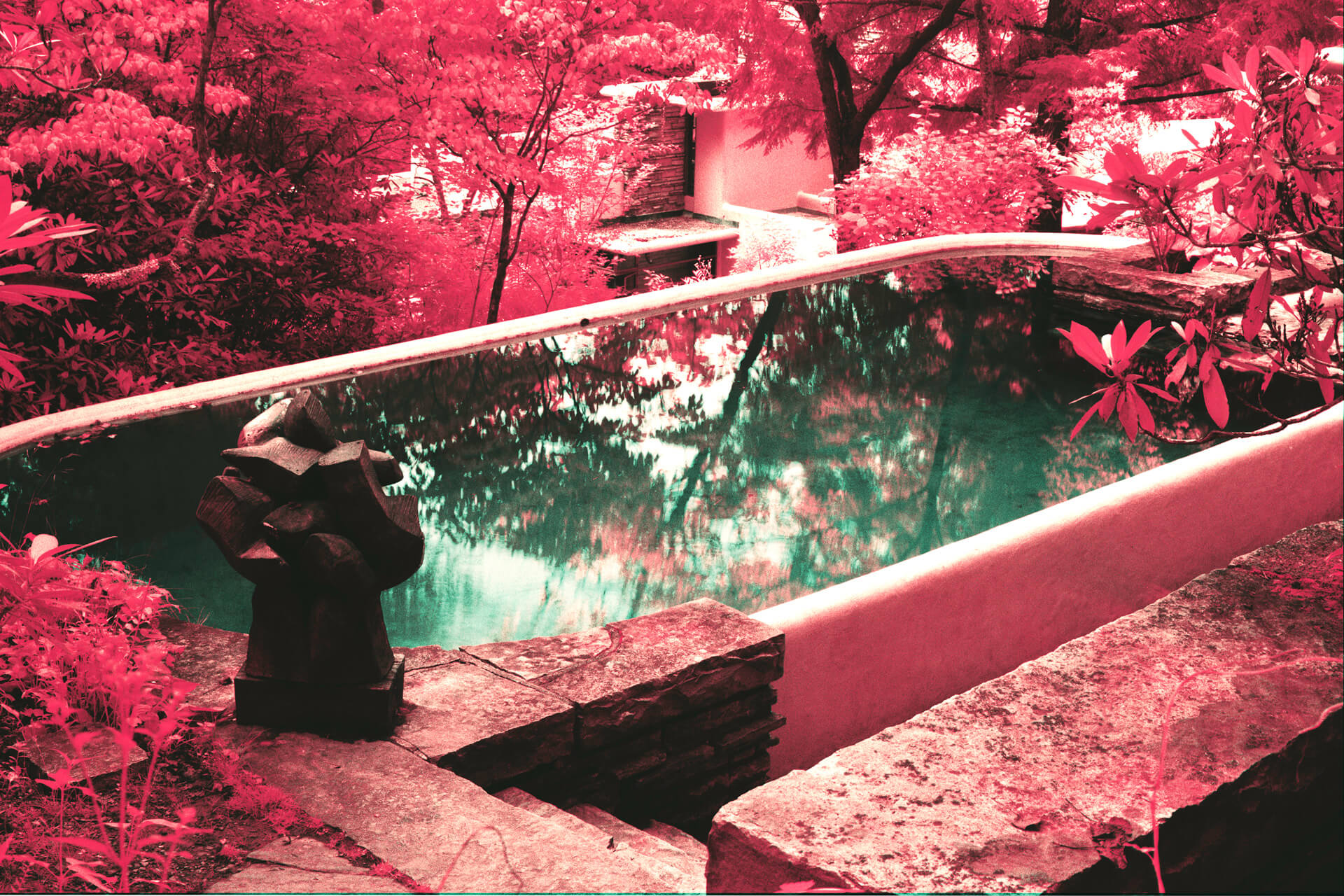With the popularity of Lightroom presets growing significantly over the past five or so years, it seems as if there are almost endless options available on the market. As a professional or hobbyist photographer looking for ways to streamline your workflow, develop your style, or gain consistency across your portfolio of work, you’ve perhaps considered or already invested in a set or two of Lightroom Presets.
What is essentially a set of “rules” applied to your images when post-processing, Lightroom presets promise to make your photography look and feel a particular way while concurrently saving you time in the editing process. Acting much like a filter, Lightroom presets are a preloaded set of instructions with any combination of image adjustments natively available in Lightroom. From adjusting white balance, shadows, and highlights to colour grading, grain, and tone curves, these sets of instructions are designed to make your images look and feel a particular way and to portray a very specific tonality or texture.
So what are the pros and cons of using presets in photo editing, and should you invest your hard-earned cash into these supposed miracle workers?
Pros: The case for using Lightroom Presets
1. Lightroom presets can speed up and streamline your workflow.
Undoubtedly, anything that saves time in the editing process is of interest to a photographer. Applying a preset to your images as a batch on import can save hours of time agonising over editing choices. Presets take a lot of the legwork out of making slider adjustments on repeat on each image and take you significantly closer to the end stages of the editing process in a much more time-effective manner.
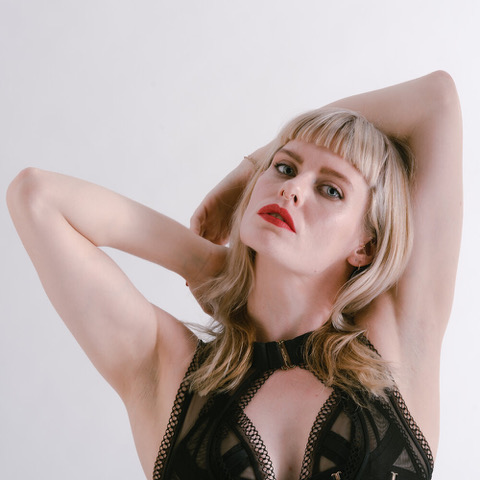
2. Lightroom presets can give your work a consistent style
Establishing a consistent look and feel to your work can be challenging at the best of times. Lightroom presets are designed to replicate the same process over and over on your imagery, ensuring there should be an overall consistent tone to your work. Using one Lightroom preset across all of your images ensures they sit nicely next to each other and complement each other cohesively. The ability to create your own presets in Lightroom based on your own editing style is also a huge plus.
3. Using Lightroom presets can free up mental space by reducing the number of creative decisions made
Photographers are constantly flexing their creative muscles when working on a shoot. From concept to creation, a myriad of decisions must be made to achieve the images we want to capture. At the post-processing stage of image making begins another round of creative decision-making that takes up mental energy. By having a pre-determined set of decisions already made by applying a preset, we can reduce the amount of time and energy
spent on the basic creative choices and use our energy to hone in on the minor tweaks and adjustments that can really make our work stand out.
4. Using Lightroom presets can help build your brand identity
If you have a specific niche of photography that is best served by a particular look or feel (think Dreamy Wedding Photographer, Moody Landscape Photographer), Lightroom presets can help you establish a “feel” that matches your brand and market. Using Lightroom presets in this way can help you set a tone for the type of imagery, anchor you into your niche, and ultimately help attract your desired clientele.
Cons: The case against using Lightroom Presets
1. There is no “one size fits all” Lightroom preset
Every image we take is taken under different conditions. From one shoot to the next, one day to the next, hour to hour, and even minute to minute, conditions can change that will impact our exposure levels, white balance, and thus overall impact our image outcomes. Applying a preset and hoping it solves every problem and makes everything consistent just isn’t the magic bullet we would like it to be. Using a preset as a base for your work can work – but there will undeniably be adjustments and tweaks to be made to land at a place that is right for your shoot.
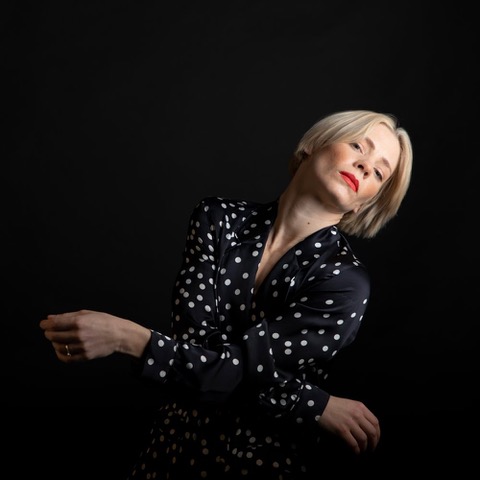
2. Lightroom presets won’t always look the same as how you hope they will
If you’ve bought a preset pack and excitedly loaded a shoot into Lightroom only to discover that you are completely underwhelmed with the results, you aren’t alone. Presets work with how a photographer captures the image in the first place, so if you’re buying another photographer’s presets to try and replicate their style or tonality, you might want to think again. Most photographers who sell presets build them based on their own shooting style, locations, and use of light which can’t be replicated unless you’re there with them.
3. Using Lightroom presets can limit your creative learning
It would be great if we could wave a magic wand over our images and have them look perfect. Realistically, however, we all know that learning by trial and error can be one of the most rewarding creative learning experiences we can have. Learning to navigate our way around Lightroom sliders and their increasingly impressive capabilities can open up creative options we might have missed if we had just applied a preset and been happy enough with the results. That being said, it is possible to deconstruct and reverse engineer a preset, providing you with a powerful base to make your own adjustments, so there are creative learnings to be had, even when presets are chosen.
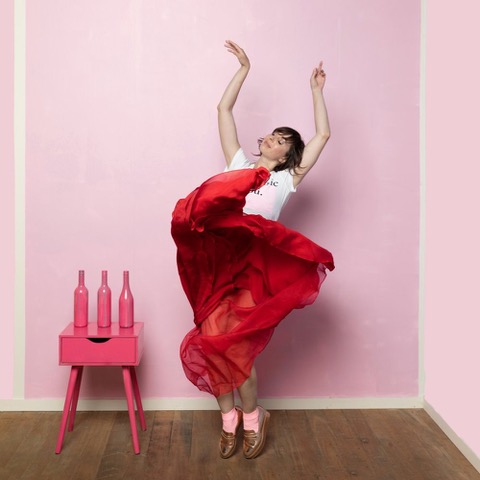
4. Using Lightroom presets may mute your own style
In a world where we are driven by trends and encouraged to work toward a homogenous concept of style based on those trends, finding your visual voice couldn’t be more important to establish a point of difference. By using Lightroom presets, skipping the creative learning process, or replicating a look and feel because it is on trend, we are robbing ourselves of the opportunity to discover what works for us and our imagery. By finding our style and point of difference, we ultimately get to carve out a unique name for ourselves and a style that feels inherent and authentic to our work.
Final Note
Author Bio:
Jade Ferguson is a Brisbane, Australia-based photographer who applies a fine art approach to the subjects she shoots. As an early-career photographer, her work attempts to create an emotionally visceral experience for the viewer by capturing the unseen. She works with film and digital formats; her subjects cover portraiture, performing arts, and a developing personal art practise. She is currently an undergraduate at Griffith University, Queensland College of Art, studying for a Bachelor of Visual Art.
